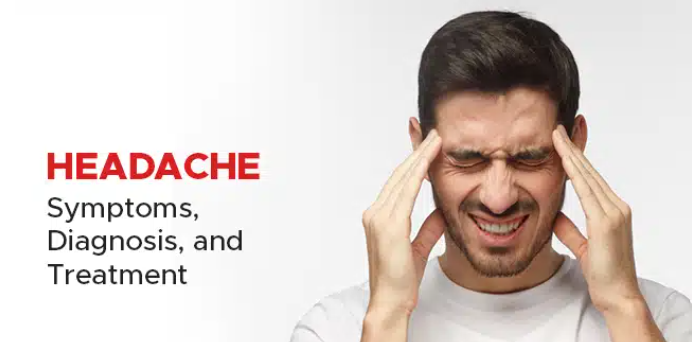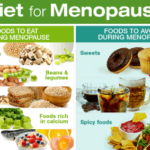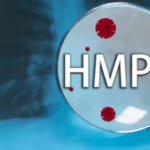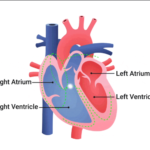There are a variety of ways your head can ache, some more serious than others of headaches.
The feeling that your head could burst at any moment is probably something that most of us have encountered at some point. an ache in the head. Sometimes the pain is sharp, and other times it throbs in a particular place. Occasionally, nausea or visual abnormalities accompany it. The Ohio State University Wexner Medical Center’s Dr. Kiran Rajneesh, a neurologist and pain specialist, states that “in neurology, we usually consider headaches to be any kind of pain located in the mostly head region that lasts for four hours or longer.” The phrase “mostly head region” suggests that certain types of headaches can cause pain to radiate into the jaw, face, and in certain situations, the neck.
They are really widespread. The World Health Organization states that “between half and three quarters of adults worldwide between the ages of 18 and 65 had a headache within the previous year, with at least 30% of those individuals reporting a migraine. Notwithstanding regional differences, headache disorders impact individuals of all ages, races, socioeconomic statuses, and geographic locations globally. Not all headaches are the same, even though they are extremely common and affect the majority of us occasionally. While some can be annoying, others may be more serious and necessitate medical attention.
Also read-Mental Health : A Patient’s Guide To Mental Health And Its Symptoms
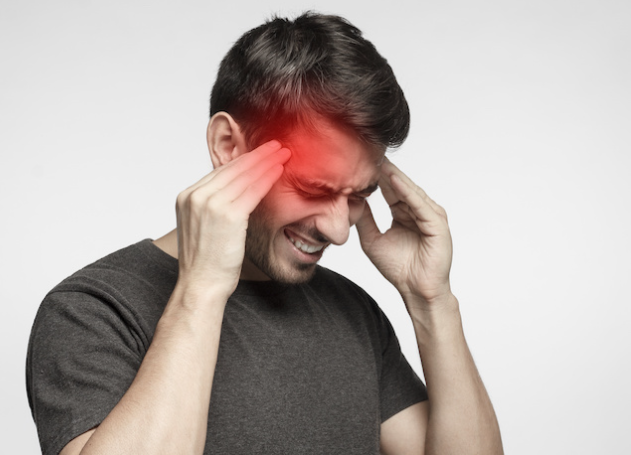
Types of headaches
There are more than 150 types of headaches, according to the Headache Society. Here are some of the most common:
- Tension Headaches
- Migraine Headaches
- Cluster Headaches
- Medication Overuse Headaches
- Exertional Headaches
- Substance-related Headaches
- Hormone-related Headaches
- Sinus Headaches
- Secondary Headaches
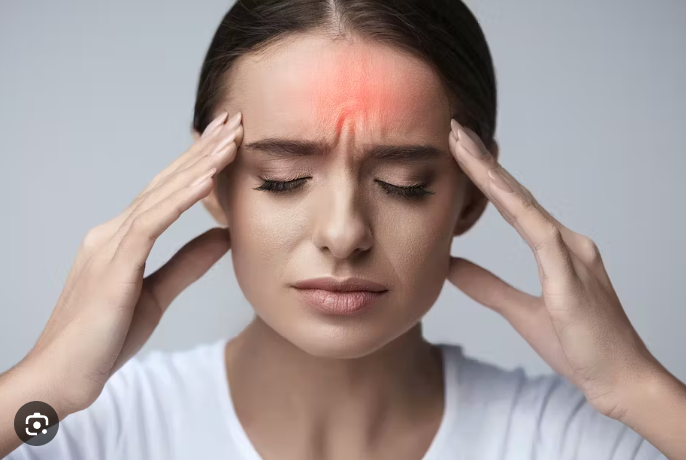
Causes and triggers
Changes in blood flow, pressure, tension, or increased inflammation in specific head, face, jaw, and neck structures can all result in headaches. The development of headache pain can be attributed to modifications in blood vessels, nerves, muscles, and sinuses. There are many different biological and environmental factors that can cause these changes, such as:

- Cigarette smoke, alcohol, caffeine, and recreational drugs.
- some foods—like chocolate and tea, for example.
- Exposure to specific chemicals, air pollution, or other environmental triggers.
- Sinus infection or allergies.
- Brain tumor.
- Injuries to the head or neck.
- Changes in hormones.
- Dehydration and excessive exertion.
- Overdosing on a particular medication.
- An additional illness or health issue.
- Anxiety and stress.
- Variations in some brain chemicals’ concentrations.
- Fatigue or insufficient rest.
- Family history and genetics.
- Extremely elevated blood pressure.
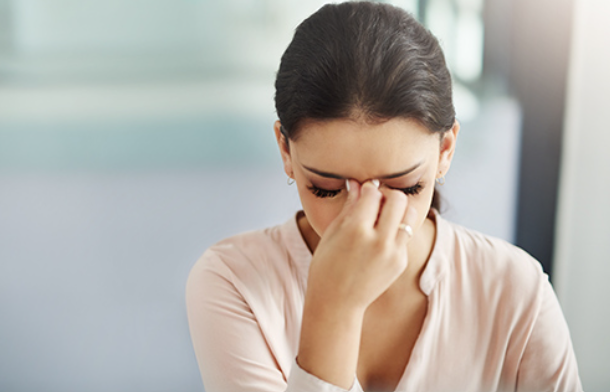
Symptoms
Depending on the type of headache you experience, the symptoms may differ. “Tension headaches can vary in symptoms,” Hong says, “but they are not throbbing and are more mild than migraine-type headaches.” This type of headache is also “not associated with other symptoms of nausea, vomiting, or vision change.” She says that often, people who experience tension headaches “will describe having a dull pressure or fullness, a tight feeling in their head or a band-like sensation anywhere in their head.” If it feels like your head is in a vice, it’s probably a tension headache. Rajneesh adds that tension headaches usually come on fairly gradually and “don’t have a visual aura or nausea.”
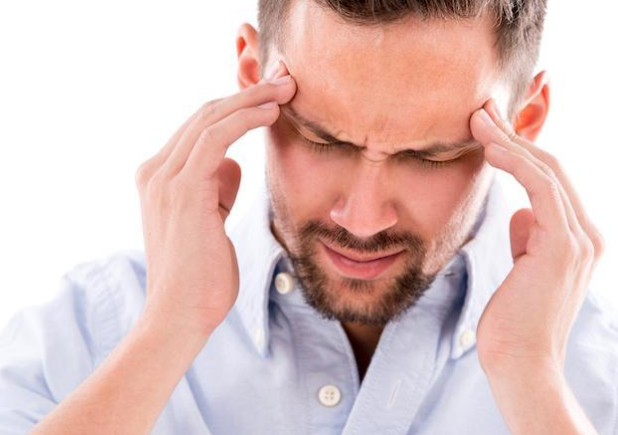
Diagnosis
“When a patient walks into the office with complaints of a headache, we ask a series of questions to help us find out what type of headache they are experiencing,” Hong explains. That can be a lengthy conversation, Rajneesh notes. “One of the cardinal rules of neurology is that history-taking is as important as the physical exam.” This means you should be prepared to answer a lengthy list of questions from your doctor about the circumstances surrounding the onset of your headache, including:
- Does it represent a change in symptoms from what you normally experience?
- Are there any identifiable triggers in close proximity to the onset?
- Has the location of the pain moved?
- Are you having other symptoms beyond just head pain?

Because of the number of questions you’ll likely be asked and the detail you may need to adequately answer them, you may want to keep a journal of your headaches and bring that with you to your appointment. For example, keep note if your headaches occur at certain times or after a certain activity or food. Do they occur after a workout? Are they especially bad shortly before a rainstorm? All of these clues can pinpoint triggers that may help you better manage and avoid headaches.
Treatment
Even though a severe headache can leave you feeling helpless, there are steps you can take to feel better and prevent headaches in the future. According to Rajneesh, “lifestyle medication is always the first step.” Getting the recommended amount of sleep is probably the most crucial of these. “We find that poor sleep is one of the main issues that headache sufferers have. All bodily systems are replenished by sleep, including neurotransmitters, which are vital to the proper operation of the brain.”
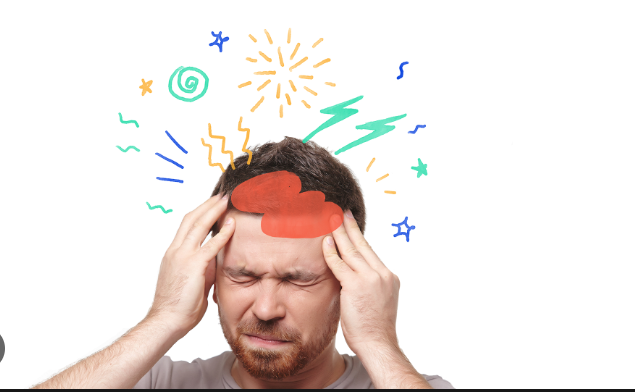
Another big one is regulating caffeine intake, he says. “Caffeine is a big driver of headache, and even decaffeinated coffee can be a problem,” he says. Decaffeinated coffee still contains some caffeine, so “if you drink six cups of decaf, that’s like drinking two cups of regular coffee.” For some people who are sensitive to caffeine, that can be a big problem. On the flip side, some people who drink a lot of coffee may experience headaches if they skip a morning’s cup of coffee. That can signal a caffeine dependency, and you might want to take a stepped approach to drinking less caffeine. Some medications, such as certain varieties of Excedrin, also contain caffeine because it can be a powerful means of opening up blood vessels in the head and relieve headache pain. All of this indicates that caffeine can have a powerful effect on how your head feels.
Also read-OCD : A Patient’s Guide to Obsessive-Compulsive Disorder (OCD) And Its Symptoms
images source: Google
Disclaimer: The opinions and suggestions expressed in this article are solely those of the individual analysts. These are not the opinions of HNN. For more, please consult with your doctor







